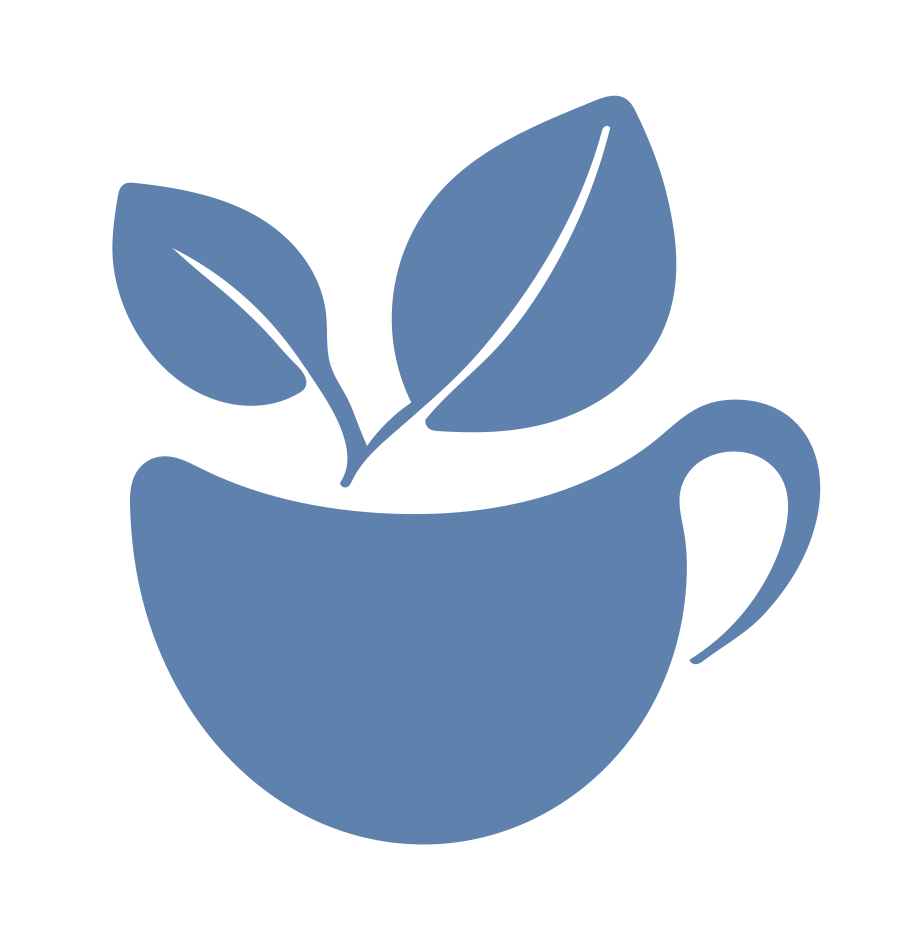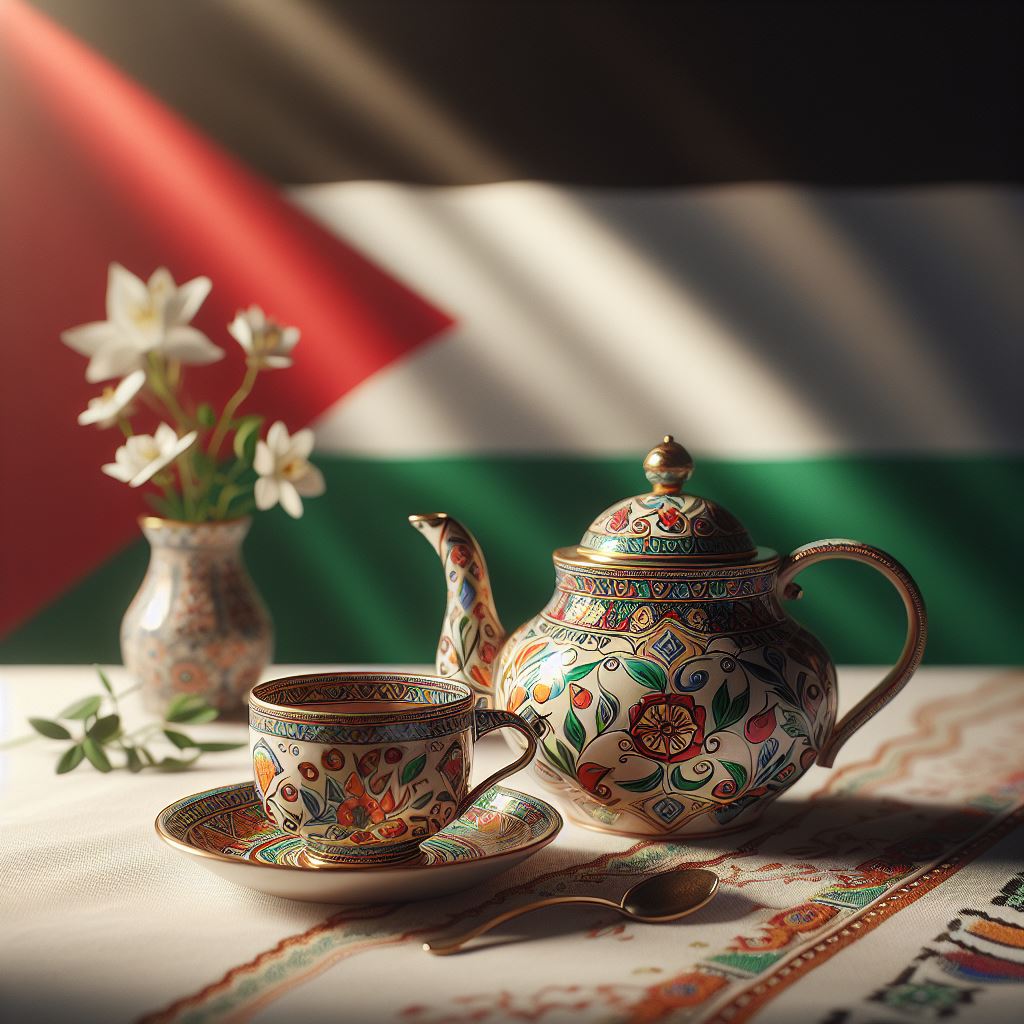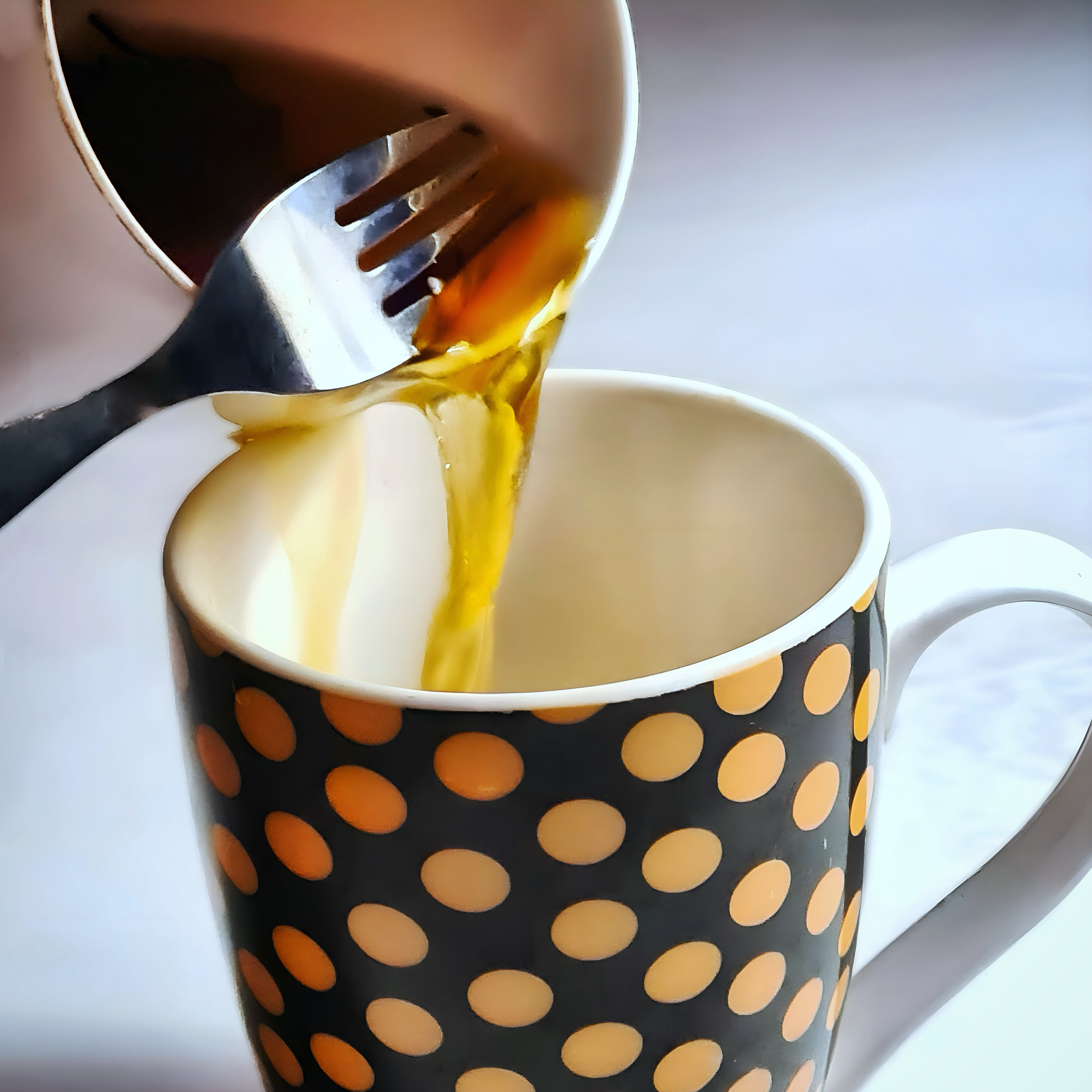Welcome back to our Tea 101 series, where we explore the basics of tea and its many varieties. In this comprehensive guide, we will focus on oolong tea, its origins, types, benefits, and culture.
Oolong tea is one of the most fascinating and diverse types of tea in the world. It has a rich history, a complex processing method, and a wide range of flavors and aromas. Whether you are a tea novice or a tea connoisseur, oolong tea has something to offer for everyone!

History and Origins of Oolong Tea
Oolong tea is a traditional Chinese tea that dates back to the Ming dynasty (1368-1644). Interestingly, the name oolong means “dark dragon” in Chinese, which may refer to the shape of the curled leaves or to a legend about a tea farmer who discovered this tea by accident.
There are different stories about how oolong tea was created, but one of the most popular ones involves a man named Wu Liang (later corrupted to Wu Long or Oolong). According to this story, Wu Liang was picking tea leaves one day when he was distracted by a deer. He chased the deer away but forgot about his tea leaves, which were left to wither in the sun. When he returned to his tea, he noticed that the leaves had turned slightly brown and had a pleasant aroma. He decided to finish the processing by firing the leaves, and thus created a new type of tea.
Oolong tea is mainly produced in two regions: Fujian and Guangdong provinces in China, and Taiwan. Each region has its own distinctive styles benefits, and varieties of oolong tea, which we will discuss later in this guide.
Processing Methods
Oolong tea is made from the leaves of the Camellia sinensis plant, the same plant used to make green tea and black tea. However, the difference lies in how the leaves are processed after harvesting. Oolong tea is partially oxidized, meaning that it falls somewhere between green tea (which is not oxidized) and black tea (which is fully oxidized).
The processing of oolong tea involves four main steps: withering, oxidation, rolling, and firing:

1. Withering:
Firstly, the fresh leaves are spread out on bamboo trays or mats and exposed to sunlight or hot air to remove some of the moisture and make them soft and pliable.

2. Oxidation:
Secondly, the withered leaves are gently bruised by shaking, tossing, or rolling them in baskets or machines. Doing this causes some of the leaf cells to break and release enzymes that react with oxygen in the air. This process changes the color, flavor, and aroma of the leaves. As a guide, the degree of oxidation can vary from 8% to 85%, depending on the type of oolong tea.

3. Rolling:
The oxidized leaves are then shaped into different forms by hand or by machine. Some are rolled into long curly strips, while others are twisted into small balls or pearls. Rolling also helps to distribute the juices and oils within the leaves and enhance their flavor.

4. Firing:
Lastly, the rolled leaves are heated by charcoal, electric heat, or hot air to stop the oxidation process and dry them completely. Firing also fixes the shape and color of the leaves and develops their final flavor and aroma.
Types of Oolong Tea
There are hundreds of types of oolong tea, each with its own name, origin, appearance, and flavor profile. For your convenience, we have covered some of the most famous and popular types of Oolong tea in the guide below. For more choice, check out this list of the top oolong teas of 2024.
Tie Guan Yin:
Also known as Iron Goddess of Mercy, this is one of the most renowned oolong teas from Fujian province. It has a light green color, a floral fragrance, and a smooth and sweet taste. Try the award winning Tie Guan Yin blend from the Tea Makers of London.

Da Hong Pao:
Also known as Big Red Robe, this is another famous oolong tea from Fujian province. It is grown on the cliffs of Wuyi Mountain and has a dark brown color, a roasted aroma, and a rich and complex flavor. Try Tea Drop’s Da Hong Pao blend.

Oriental Beauty:
Also known as Dongfang Meiren or Champagne Oolong, this is a unique oolong tea from Taiwan that is heavily fermented. It is made from leaves that have been bitten by insects called leafhoppers, which cause them to produce more aromatic compounds. It has a golden color, a honey-like fragrance, and a fruity and sweet taste. Try Té Company’s Oriental Beauty Blend, with notes of rose, citrus, and figs.

Milk Oolong:
Also known as Jin Xuan or Golden Lily, this is a relatively new oolong tea from Taiwan that is lightly oxidised and roasted. It is made from a special cultivar of tea plant that has a creamy and milky aroma and flavor. You’ll usually find it has a light yellow color and a smooth and silky texture. Check out the award winning Curious Tea Organic Taiwanese Milk Oolong blend.

Brewing Techniques
To brew oolong tea, you will need some basic equipment, such as a kettle, a teapot, a strainer, and a cup. You can also use a gaiwan, which is a traditional Chinese lidded bowl used for brewing and drinking tea.
Step-by-step guide for brewing oolong tea:
- Firstly, rinse the teapot or gaiwan with hot water to warm it up.
- Add the oolong tea leaves to the teapot or gaiwan. The amount of tea leaves depends on your personal preference, but a good rule of thumb is to use about one teaspoon of tea leaves per cup of water.
- Heat the water to the appropriate temperature for the type of oolong tea you are using. For lighter oolongs, such as Tie Guan Yin, use water that is around 85°C (185°F). For darker oolongs, such as Da Hong Pao, use water that is around 95°C (203°F).
- Pour the hot water over the tea leaves and cover the teapot or gaiwan with the lid. Let the tea steep for the recommended time for the type of oolong tea you are using. For lighter oolong, the loose leaf tea benefits more from about 2 to 3 minutes of steeping. For darker oolongs, steep for about 3 to 5 minutes.
- Lastly, pour the tea into your cup through a strainer to filter out the tea leaves. Enjoy your oolong tea!
Some tips and considerations for brewing oolong tea:
- You can adjust the water temperature, steeping time, and amount of tea leaves according to your taste preference. Experiment with different combinations to find your ideal brew. Learn the basic of brewing for the best experience,
- Feel free to reuse the same tea leaves for multiple infusions. Each infusion will bring out different flavors and aromas from the tea leaves. Generally, you can increase the steeping time by 30 seconds for each subsequent infusion. Find out more about re-steeping.
- You can use a special teaware called a yixing clay pot to brew oolong tea. This is a porous clay pot that absorbs the flavor and aroma of the oolong tea over time which benefits and enhances its quality. However, you should only use one type of tea for each yixing clay pot to avoid mixing flavors.
Health Benefits of Oolong Tea
Oolong tea is not only delicious but also beneficial for your health. Some of the potential and most revered health benefits of oolong tea are:
- Antioxidant properties: Oolong tea contains polyphenols, which are natural antioxidants that can protect your cells from oxidative stress and inflammation. Antioxidants can also help prevent or reduce the risk of chronic diseases, such as cancer, diabetes, and cardiovascular disease.
- Weight management effects: Oolong tea helps boost your metabolism and benefits the burning of fat by increasing the activity of certain enzymes and hormones that regulate energy expenditure and fat oxidation. Oolong tea may also help suppress your appetite and reduce your calorie intake by affecting the levels of ghrelin, a hormone that stimulates hunger.
- Heart health benefits: Oolong tea may help lower your blood pressure and cholesterol levels by improving the function of your blood vessels and reducing the absorption of dietary fat in your intestines. Oolong tea may also help prevent or reduce the risk of stroke and coronary heart disease by preventing blood clots and improving blood flow.
Discover The Simple Costa Rican Tea Recipe for Natural Weight Loss.
Flavor Profiles of Oolong Tea

Oolong tea has a diverse range of flavor profiles that can vary depending on the type, origin, processing method, and brewing technique of the tea. Here is a brief guide on some common flavor notes that you may encounter in oolong tea:
- Floral: You’ll find some oolong teas have a delicate and fragrant floral aroma and flavor that can remind you of orchids, jasmine, or roses. Furthermore, these are usually lighter oolongs that have been lightly oxidized and rolled into balls or pearls.
- Fruity: Another common flavor from oolong tea is a fruity aroma and flavor that can resemble peaches, apricots, apples, or berries. Moreover, these are usually medium to dark oolongs that have been moderately oxidized and twisted into strips or curls.
- Toasty: Alternatively, oolong teas can also have a toasty aroma and flavor that can evoke nuts, caramel, chocolate, or coffee. Likewise, these are usually dark oolongs that have been heavily oxidized and roasted over charcoal or electric heat.
Food Pairings and Culinary Uses
Oolong tea is not only great on its own but it also benefits the taste buds when paired with food or used in cooking. Some suggestions for pairings and culinary uses of oolong tea are:
- Pair lighter oolongs with light dishes such as salads, seafood, or chicken. The floral notes of the tea can enhance the freshness and delicacy of the food.
- Pair medium to dark oolongs with heavier dishes such as meat, cheese, or spicy food. The toasty notes of the tea can balance the richness and intensity of the food.
- Use oolong tea as an ingredient in recipes such as marinades, sauces, soups, desserts, or cocktails. Oolong tea can add a subtle and complex flavor and aroma to your dishes and drinks.
Oolong Tea Culture and Traditions

Oolong tea is not only a beverage but also a cultural symbol and a way of life for many people. Some of the cultural aspects and traditions related to oolong tea are:
- Gongfu tea ceremony: This is a traditional Chinese tea ceremony that involves brewing and serving oolong tea in a refined and elegant manner. The ceremony uses small teapots, cups, and utensils, and follows a series of steps and etiquette to appreciate the tea’s quality and beauty.
- Tea competitions: These are events where oolong tea producers compete for the best quality and flavor of their tea. The competitions are judged by professional tea tasters who evaluate the tea’s appearance, aroma, taste, and aftertaste. The winners are awarded with prizes and recognition.
- Tea tourism: This is a form of tourism where people visit oolong tea producing regions to learn about the history, culture, and production of oolong tea. The tourists can also experience picking, processing, brewing, and tasting oolong tea with local farmers, experts or tour guide.
Where to Buy Oolong Tea and Storage Tips
If you are interested in buying oolong tea, you have several options to choose from. Some of the places where you can purchase high-quality oolong tea are:
- Online shops: There are many online shops that specialize in selling oolong tea from different regions and producers. You can browse through their catalogs and reviews and order your preferred type of oolong tea. Some good recommendations we have for online shops that sell high quality oolong tea are TeaVivre, Yunnan Sourcing, and Eco-Cha.
- Local tea shops: You can also visit your local tea shops and see what kinds of oolong tea they have in stock. You can ask the staff for recommendations and sample some of their teas before buying. You can also learn more about the origin, processing, and brewing of their teas from them.
- Farmers’ markets: Another option is to go to your local farmers’ markets and look for vendors who sell oolong tea. You can buy directly from the farmers who grow and produce their own oolong tea. You can also support their livelihoods and enjoy their fresh and authentic teas.
Storage Tips:
Once you have bought your oolong tea, you need to store it properly to maintain its freshness and flavor. Some tips for storing oolong tea are:
- Keep it in an airtight container away from light, heat, moisture, and odors. You can use a tin, glass jar, or ceramic pot with a tight lid to store your oolong tea.
- Store it in a cool and dry place such as a cupboard or a drawer. Avoid storing it in the fridge or freezer as this can affect its quality and taste.
- Consume it within 6 months to 2 years depending on the type of oolong tea. As a general guide, lighter oolong tea tend to have a shorter shelf life than darker oolongs.
Conclusion
Oolong tea is a wonderful type of tea that offers a variety of flavors, aromas, benefits, and experiences. Whether you prefer a light and floral oolong or a dark and toasty one, there is an oolong tea for you.
We hope this guide has helped you learn more about oolong tea and inspired you to explore and appreciate its wonderful world and many benefits. If you have any questions or comments about oolong tea, feel free to share them in the comment section below.
Thank you for reading this post from the Tea 101 series. Stay tuned for more posts about other types of tea in the future!
Discover More Tea-Related Articles:
- Milk Thistle Tea: The Ultimate Brew for Wellness and Vitality
- How to Make Iced Tea: The Ultimate Guide
- Tea for Sickness: How to Brew the Perfect Cup for Your Symptoms
- The Perfect Match: How to Find the Best Books and Tea Pairings for Your Reading Mood
- How to Make Your Own Chai Tea Blends
Sources:





Leave a Comment